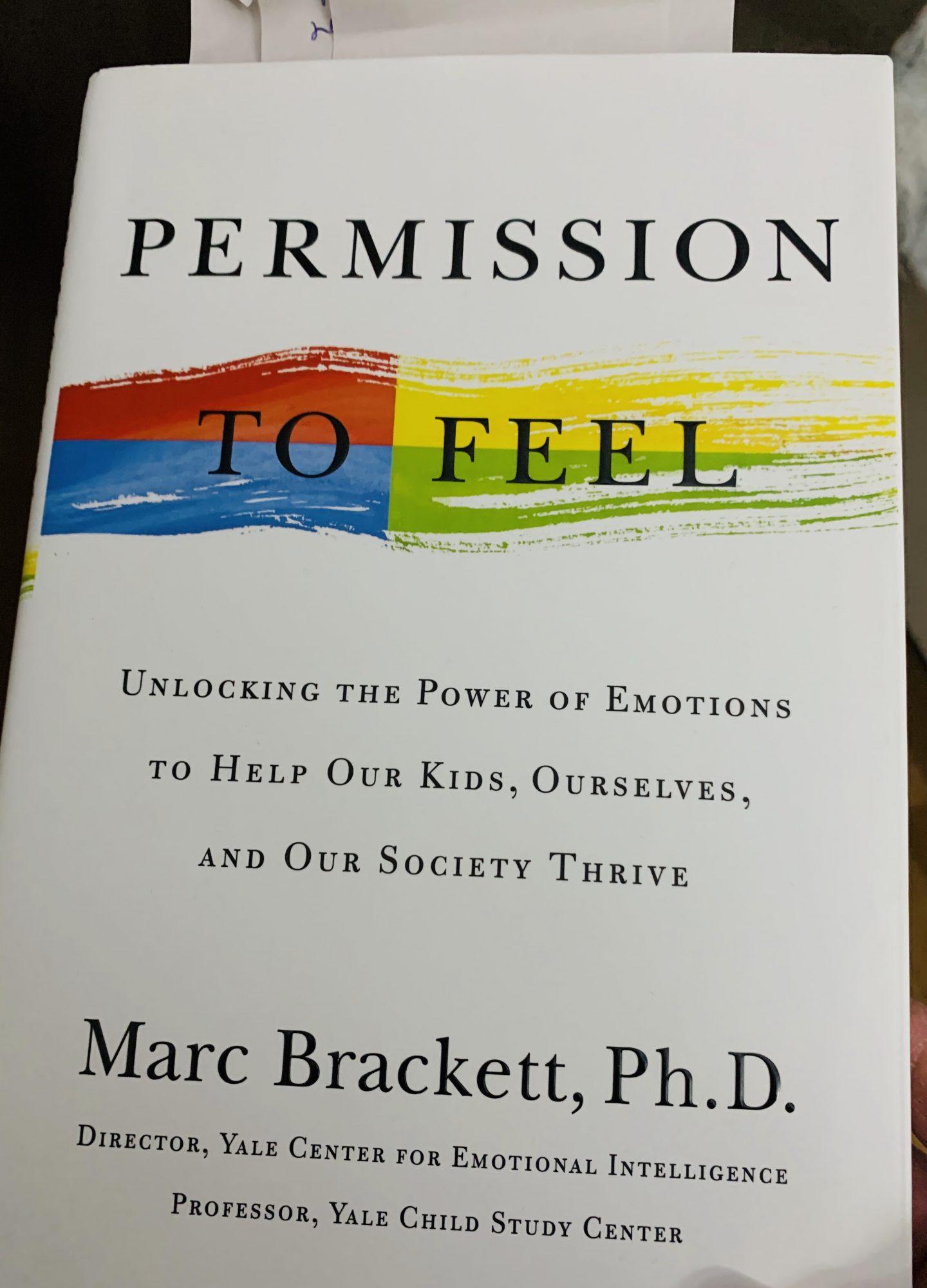Sign Up For Our E-Blast To Receive Information on our Books, Speech Therapy materials and our latest freebies!
How Permission to Feel Can Help Us Become an Emotion Scientist

I read A LOT. My nightstand is cluttered with a dizzying array of books, mostly non-fiction. I like to read books related to my profession (Speech Language Pathology), parenting, self-improvement, business, habits, self-improvement and social emotional development. Last month, I read a fascinating book titled The Longevity Paradox: How to Die Young at a Ripe Old Age by Dr. Steven Gundry. I highly recommend this one if you’re interested in what you can do, eat, and live to feel good well into a ripe old age. Currently, I’m reading Permission to Feel: Unlocking the Power of Emotions to Help Our Kids, Ourselves, and Our Society Thrive by Dr. Marc Brackett. I’m really enjoying this one. Brackett does a nice job intertwining research with stories to make the information relatable and meaningful – it doesn’t read like a textbook.
Here are just some of my favorite quotes from the book:
“And, when we can’t recognize, understand, or put into words what we feel, it’s impossible for us to do anything about it: to master our feelings – not to deny them but to accept them all, even embrace them – and learn to make our emotions work for us, not against us.” – (pg 2)
“My message for everyone is the same: that if we can learn to identify, express, and harness our feelings, even the most challenging ones, we can use those emotions to help us create positive, satisfying lives.” – (pg 11)
“It makes perfect sense that we’re uncomfortable and awkward when expressing our emotional lives. This is true even when we’re experiencing positive feelings. But it’s especially so when they’re unpleasant – sad, resentful, scared, rejected. Those all connect us to our weaknesses, and who wants to show those off? The instinct to protect ourselves by hiding our vulnerability is natural. Even animals in the wild do it. It’s self-preservation, pure and simple.” (pg 12)
“We need to develop the skills and be positive role models. Educators and parents have to demonstrate the ability to identify, discuss, and regulate their own emotions before they can teach the skills to others.” (pg 20).
“We may acquire some of those skills by osmosis – by watching and emulating others who possess them. But for the most part they must be taught. And they are best learned in communities. Emotion skills are both personal and mutual. They can be used privately, but their best application is throughout a community, so that a network emerges to reinforce its own influence.” (pg 21)
As you can see, I think, everything written in this book is pretty important!!
“First, emotion skills much be acquired. Nobody is born with them all in place and ready to work. Emotion skills amplify our strengths and help us through challenges.” (pg 53)

“The real test of emotion skills isn’t while reading on the beach; it’s when someone kicks sand in your face.” (pg 58)
I could go on and on, but I’ll stop here for now.
Have you read this book? If not, I highly recommend adding it to your list!
More blog posts you may like:
The Zen of Practicing Gratitude with Your Children
How to Enhance Social and Emotional Development in Children
Back to blog
